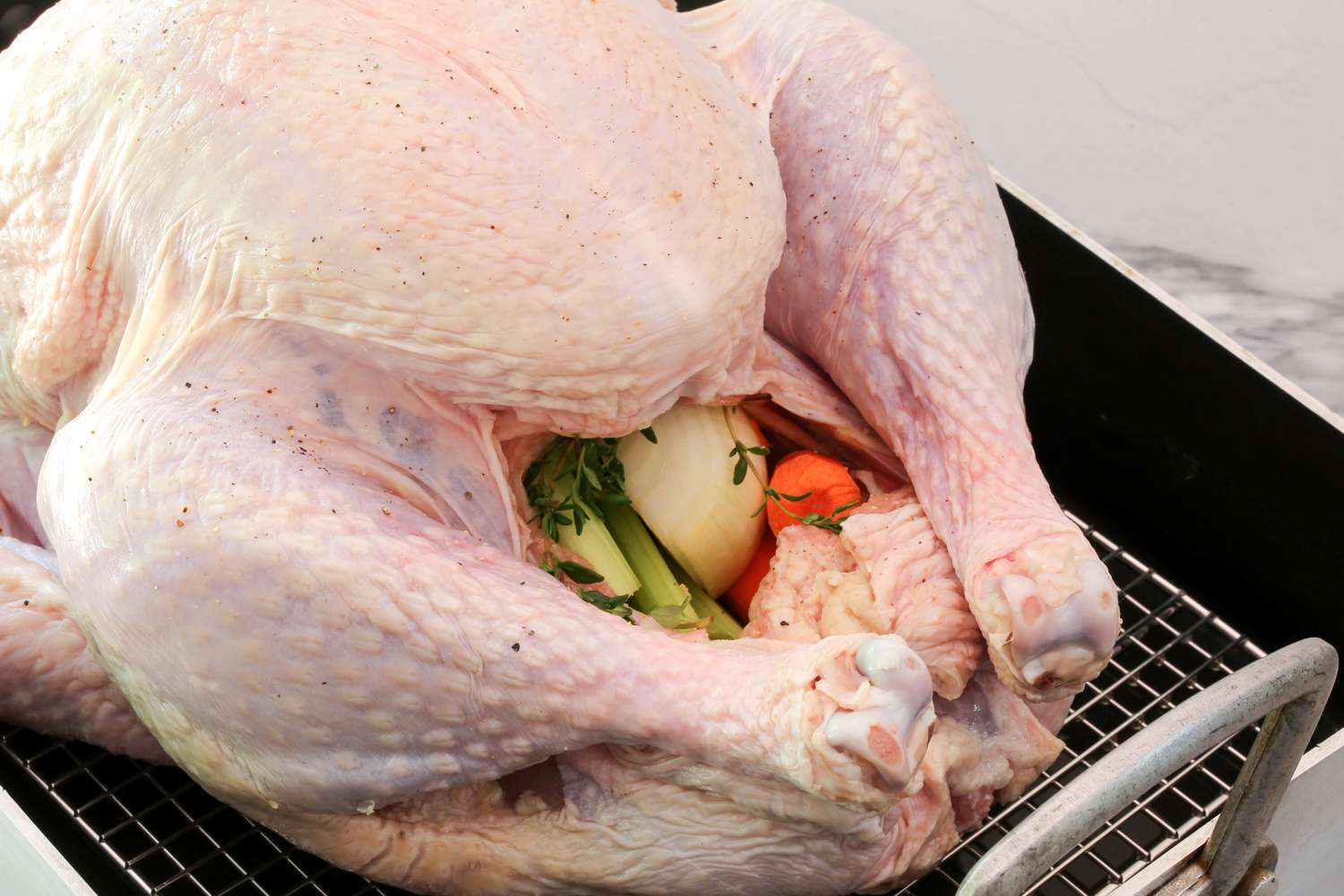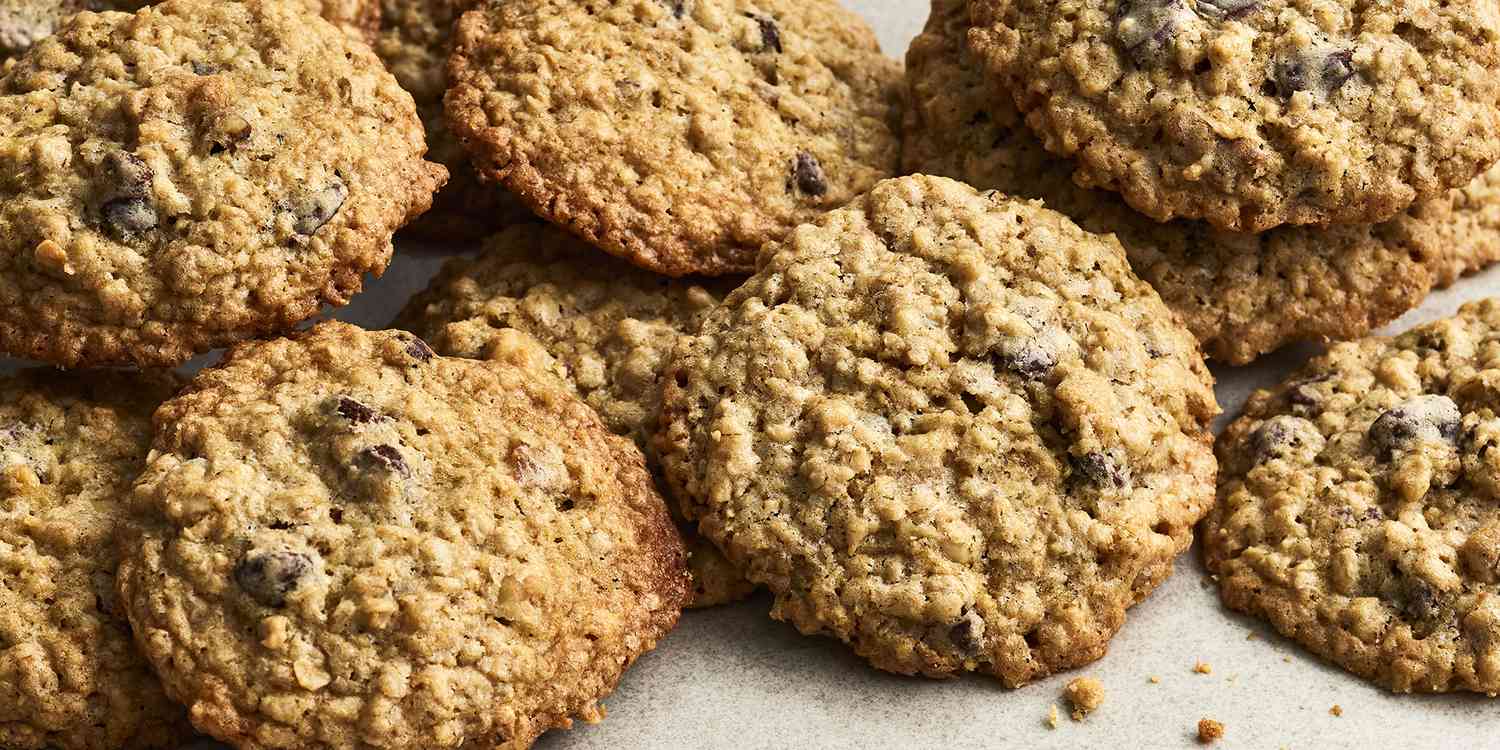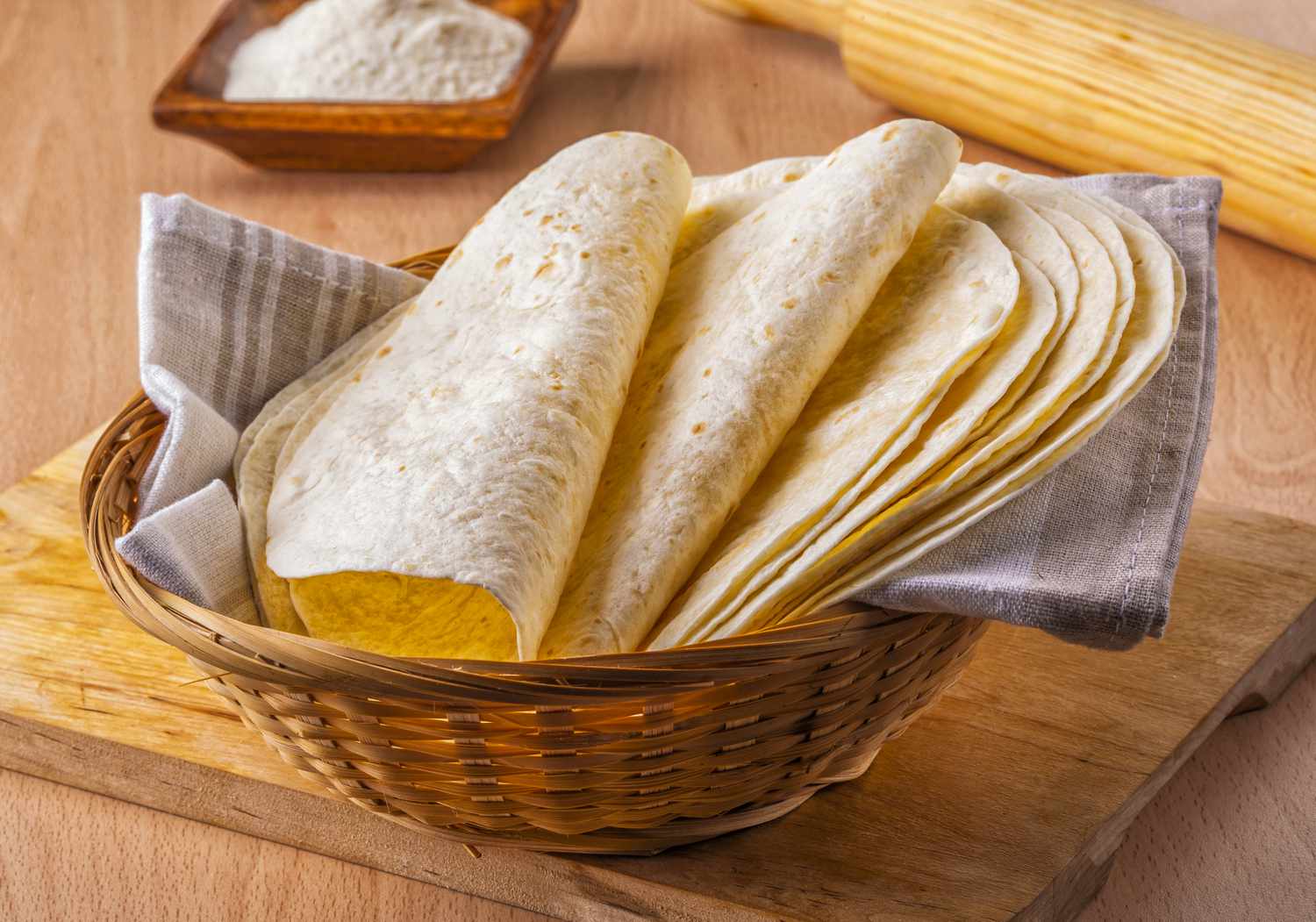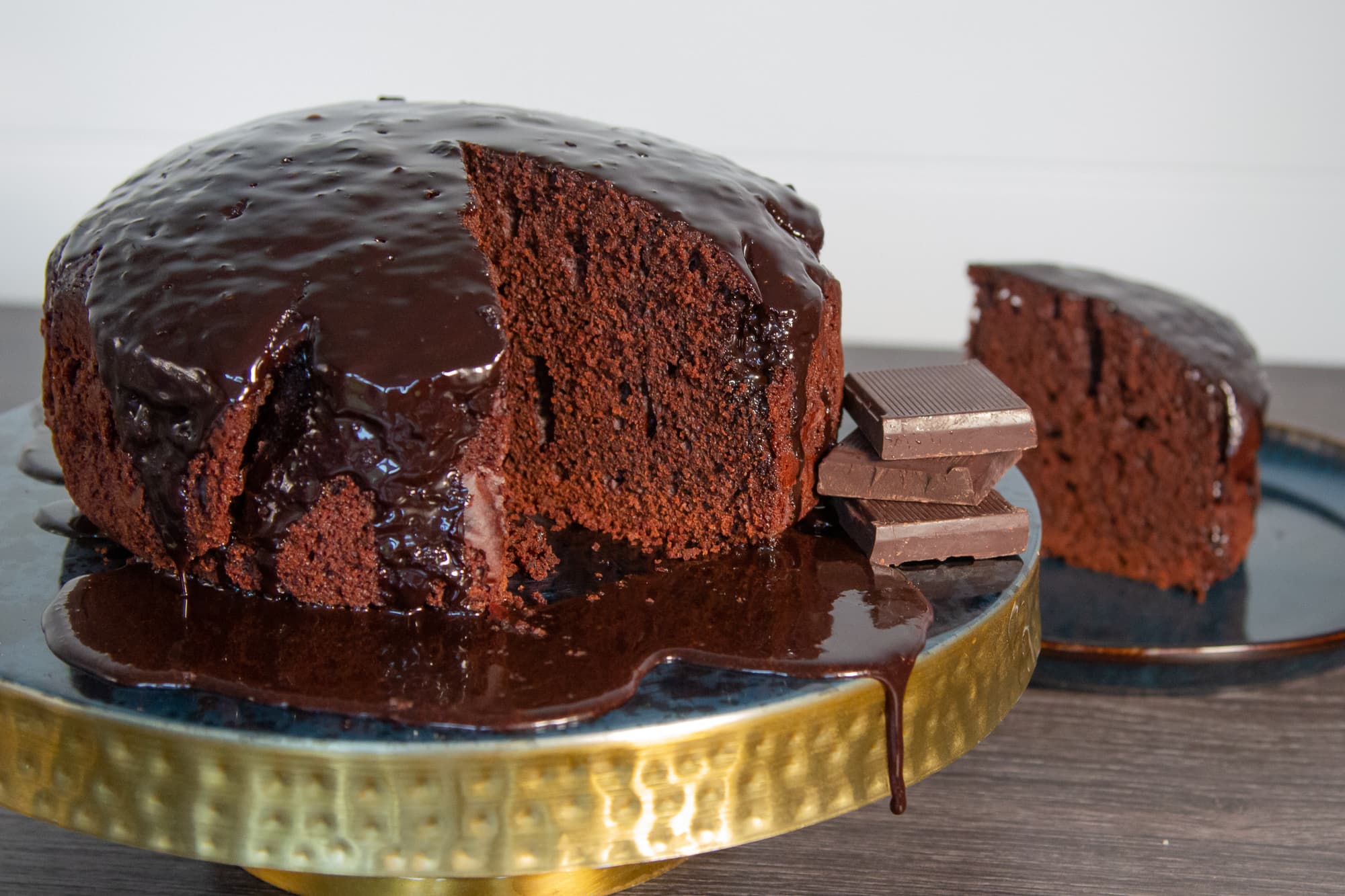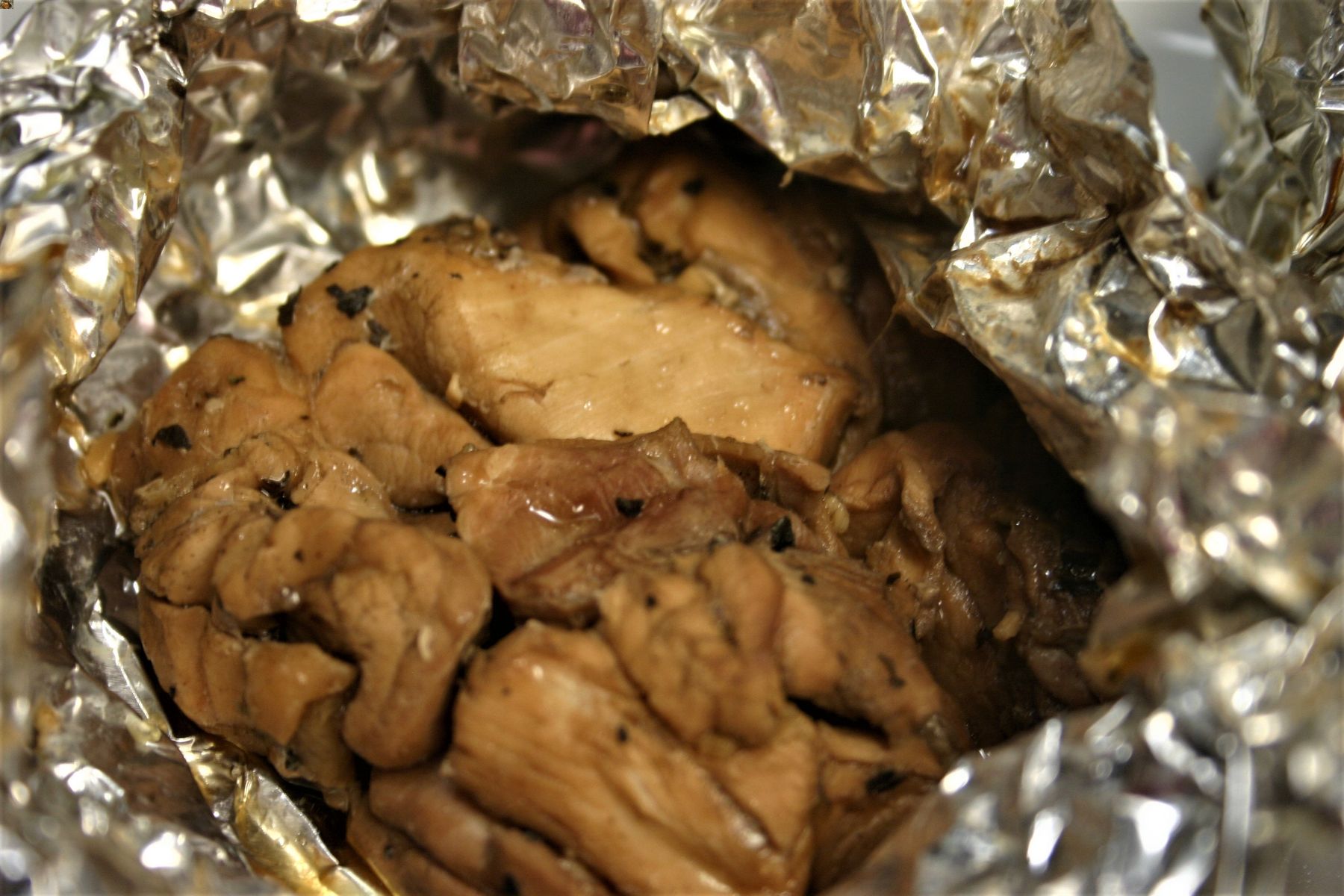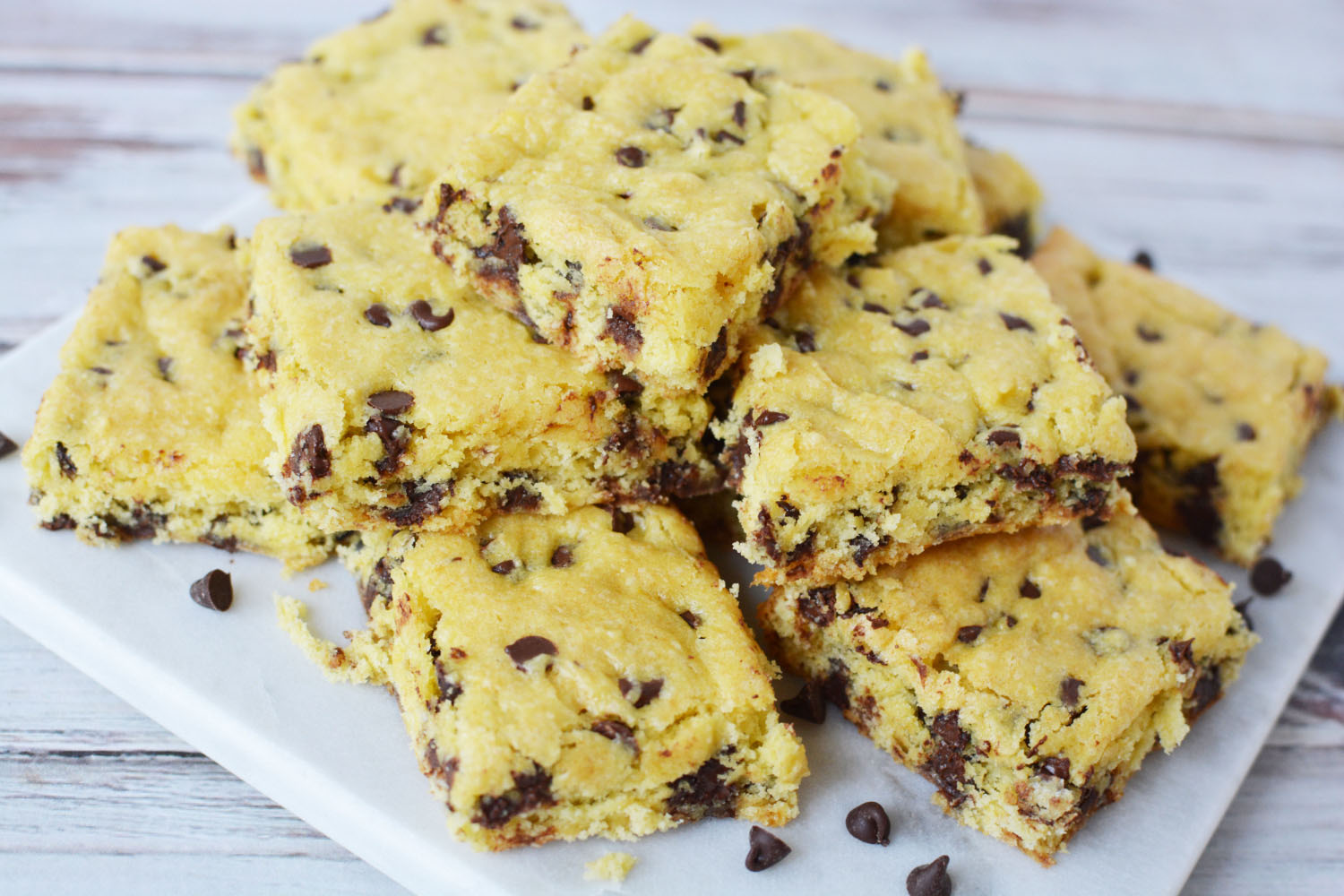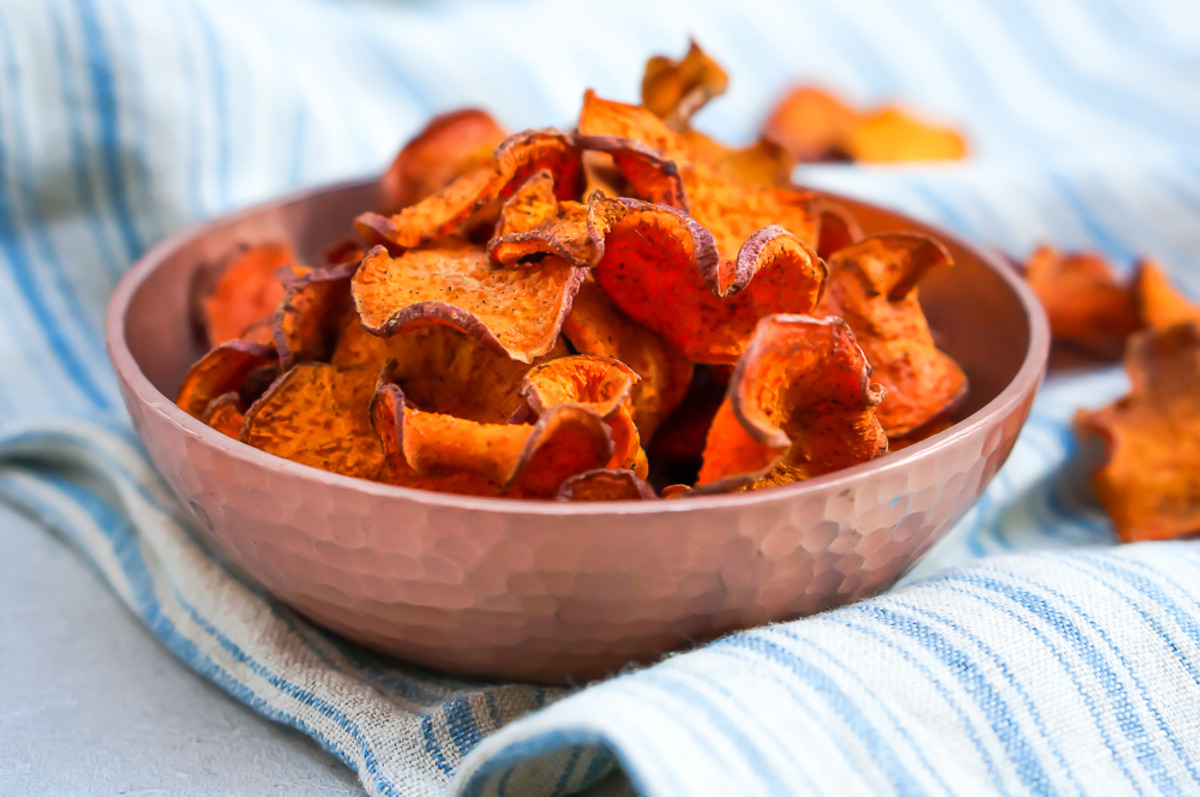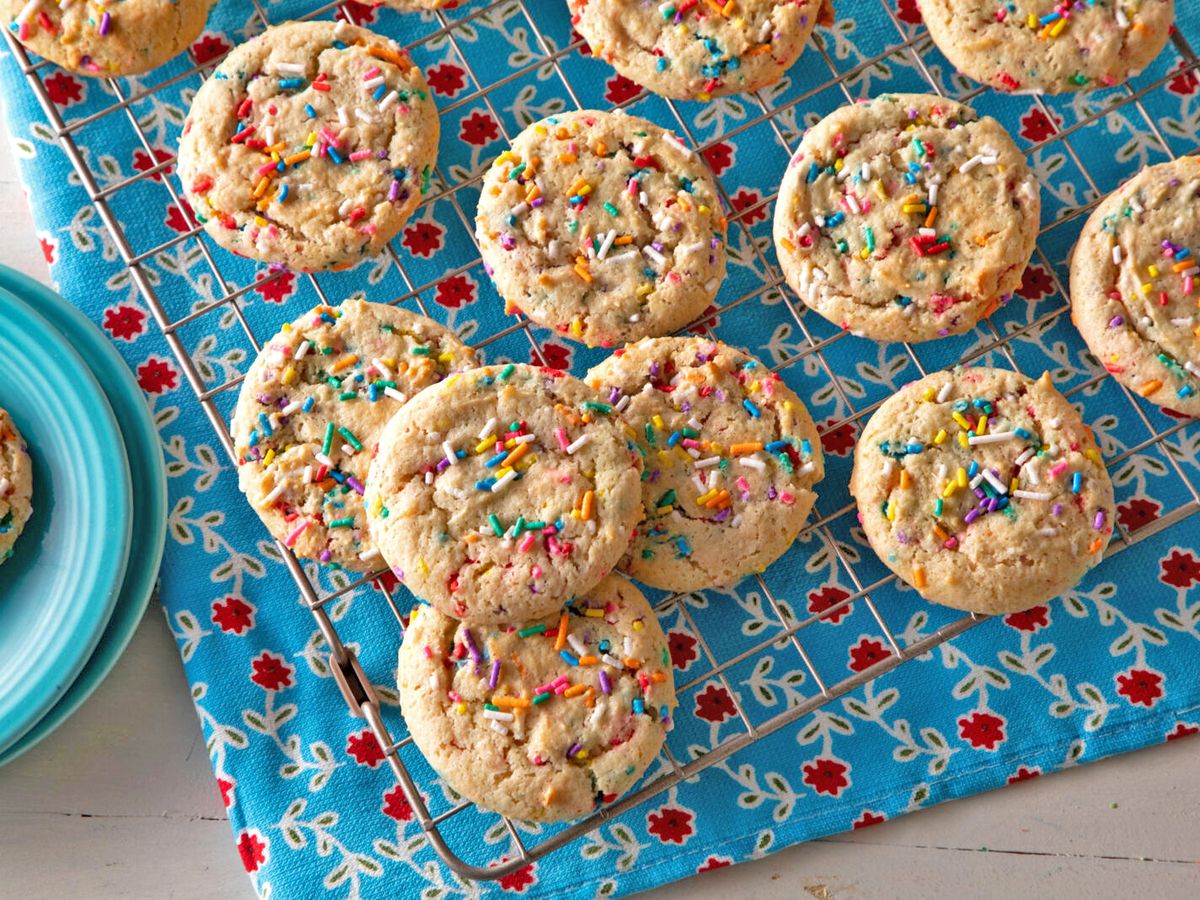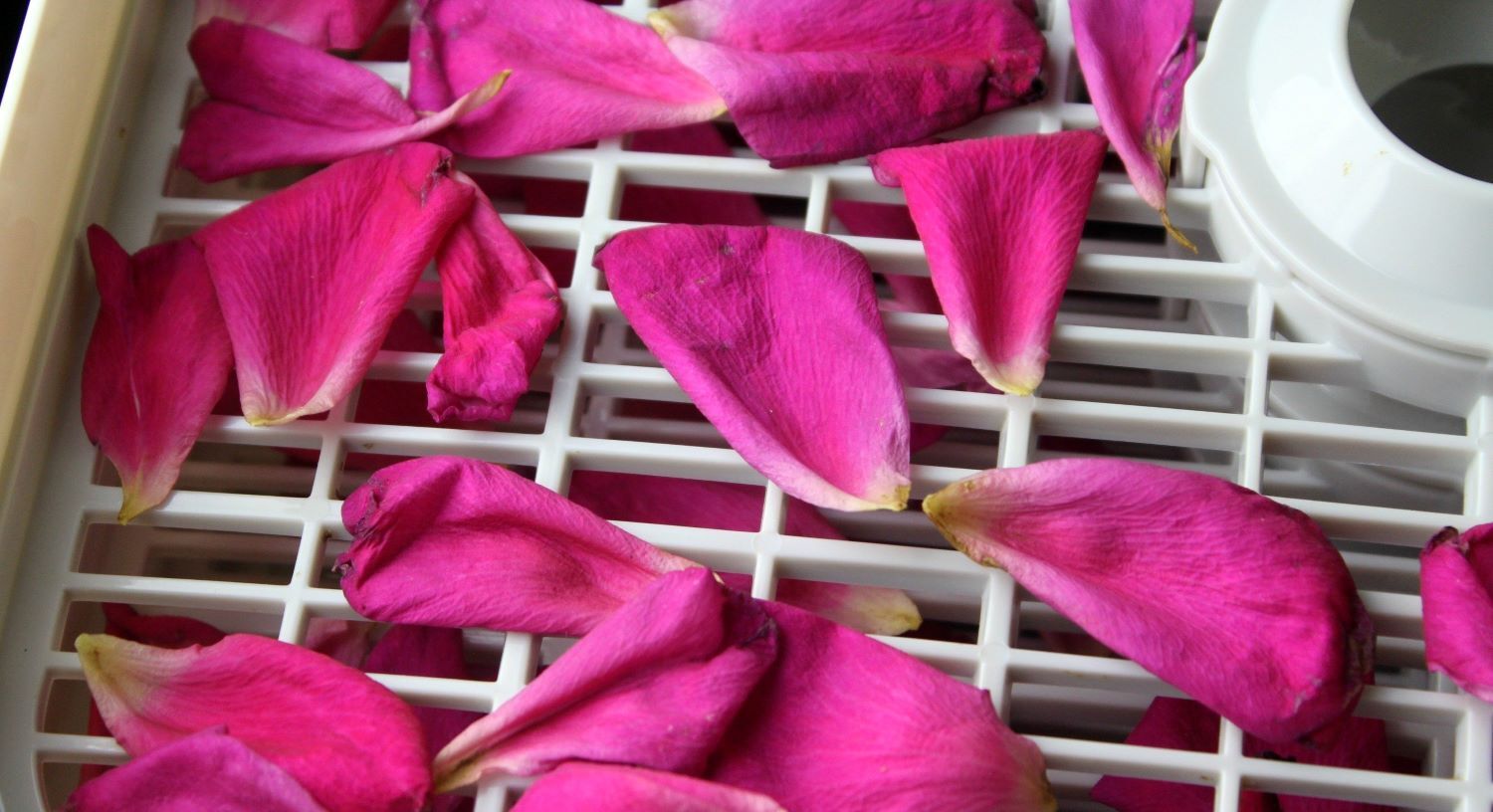How to Bake a Delicious Bread Loaf
There’s nothing quite like the aroma of freshly baked bread filling your home. Baking a bread loaf from scratch is a rewarding and delicious experience. Whether you’re a beginner or an experienced baker, follow these simple steps to create a mouthwatering bread loaf that will impress your friends and family.
Ingredients:
- 3 cups all-purpose flour
- 1 packet active dry yeast
- 1 cup warm water
- 2 tablespoons sugar
- 1 teaspoon salt
- 2 tablespoons olive oil
Instructions:
- Activate the Yeast: In a small bowl, dissolve the sugar in warm water. Sprinkle the yeast over the water and let it sit for about 5-10 minutes until it becomes frothy.
- Combine Ingredients: In a large mixing bowl, combine the flour and salt. Make a well in the center and pour in the yeast mixture and olive oil. Stir until a dough forms.
- Knead the Dough: Transfer the dough to a floured surface and knead for about 10 minutes until it becomes smooth and elastic.
- First Rise: Place the dough in a greased bowl, cover it with a clean kitchen towel, and let it rise in a warm place for about 1 hour or until it doubles in size.
- Shape the Loaf: Punch down the dough and shape it into a loaf. Place it in a greased loaf pan, cover it, and let it rise for an additional 30-45 minutes.
- Bake: Preheat your oven to 375°F (190°C). Once the dough has risen, bake the bread loaf for 30-35 minutes or until it's golden brown and sounds hollow when tapped on the bottom.
- Cool and Enjoy: Remove the bread from the oven and let it cool in the pan for a few minutes before transferring it to a wire rack to cool completely. Slice and enjoy!
Now that you’ve mastered the art of baking a bread loaf, feel free to experiment with different types of flour, add-ins like herbs or cheese, or even shaping the dough into rolls or braided loaves. The possibilities are endless, and the satisfaction of creating your own homemade bread is truly unbeatable. Happy baking!
Share your thoughts and experiences on baking the perfect bread loaf in the Baking and Desserts forum section. Join the discussion and learn from fellow baking enthusiasts as you explore the art of creating delicious homemade bread.
FAQ:
What ingredients do I need to bake a bread loaf?
To bake a bread loaf, you will need flour, yeast, salt, water, and optionally, sugar and oil. These basic ingredients are essential for creating a simple and delicious bread loaf.
How do I knead the bread dough properly?
Kneading the bread dough is a crucial step in bread making. To knead the dough properly, use the heels of your hands to push the dough away from you, then fold it back over itself. Continue this motion for about 10-15 minutes until the dough becomes smooth and elastic.
What is the best way to let the bread dough rise?
After kneading the dough, place it in a lightly oiled bowl, cover it with a clean kitchen towel, and let it rise in a warm, draft-free place. The ideal temperature for rising dough is around 80-85°F (27-29°C). Allow the dough to double in size, which usually takes about 1-2 hours.
How do I know when the bread loaf is fully baked?
To determine if the bread loaf is fully baked, tap the bottom of the loaf with your knuckles. If it sounds hollow, the bread is done. Additionally, you can use a food thermometer to check the internal temperature of the bread, which should be around 190-200°F (88-93°C) when fully baked.
Can I add different ingredients to my bread loaf?
Yes, you can customize your bread loaf by adding various ingredients such as herbs, cheese, nuts, or dried fruits. Just be mindful of the proportions and how these additions may affect the texture and rise of the bread.
How should I store a freshly baked bread loaf?
Once the bread loaf has cooled completely, store it in a paper bag or bread box at room temperature. Avoid storing it in plastic, as this can trap moisture and make the crust soggy. If you don’t plan to consume the bread within a few days, you can freeze it for longer-term storage.
Was this page helpful?
Read Next: How To Bake A Butternut Pumpkin Squash

